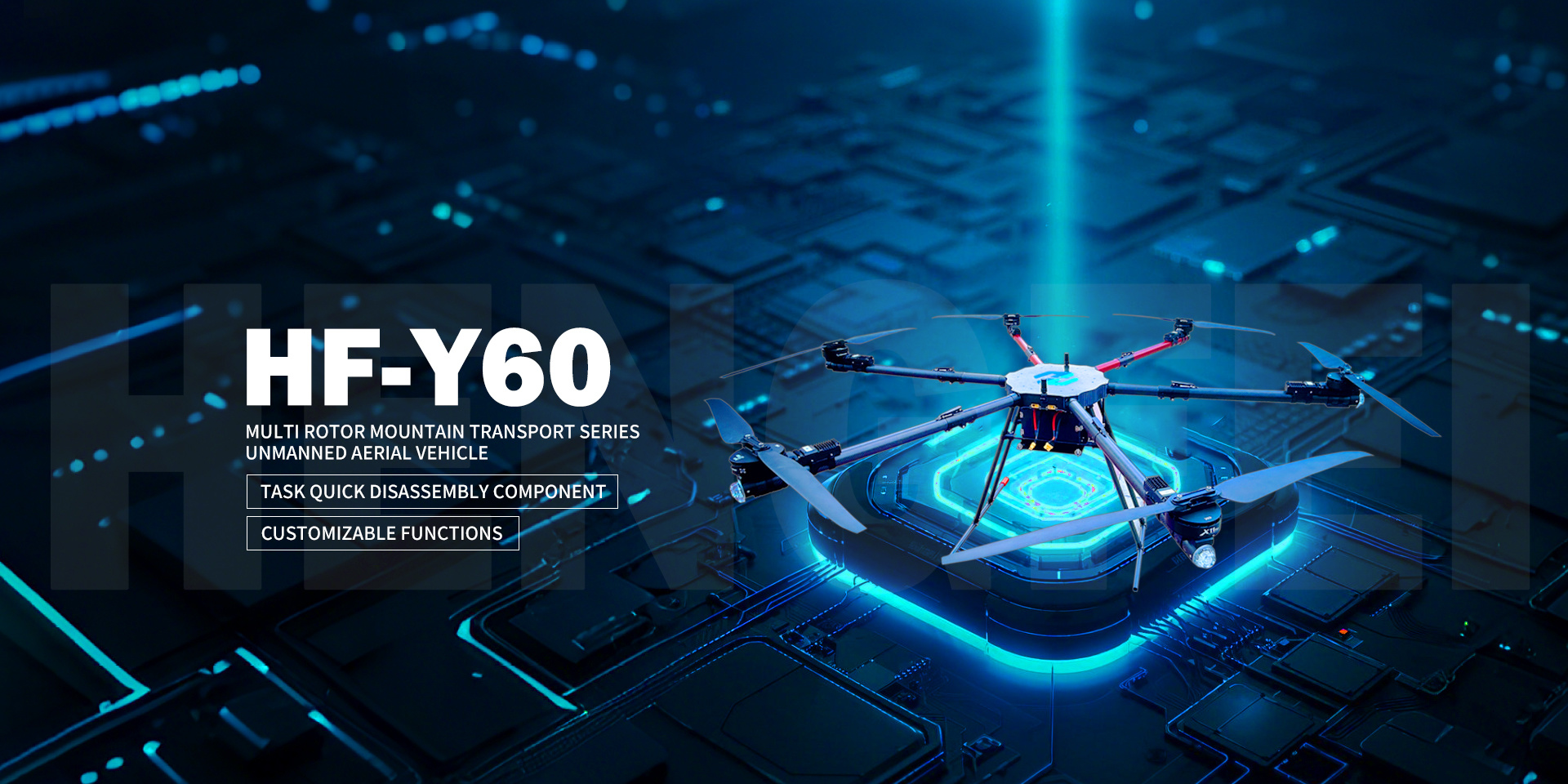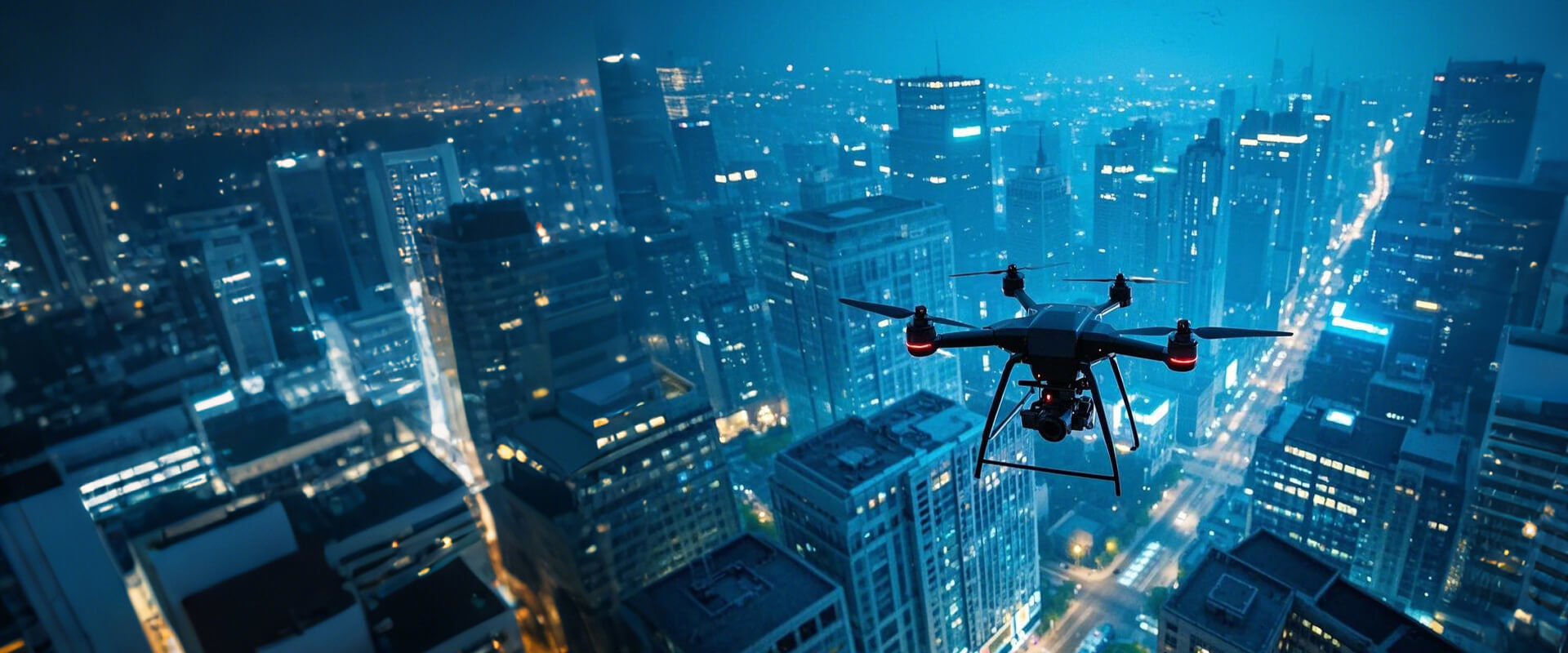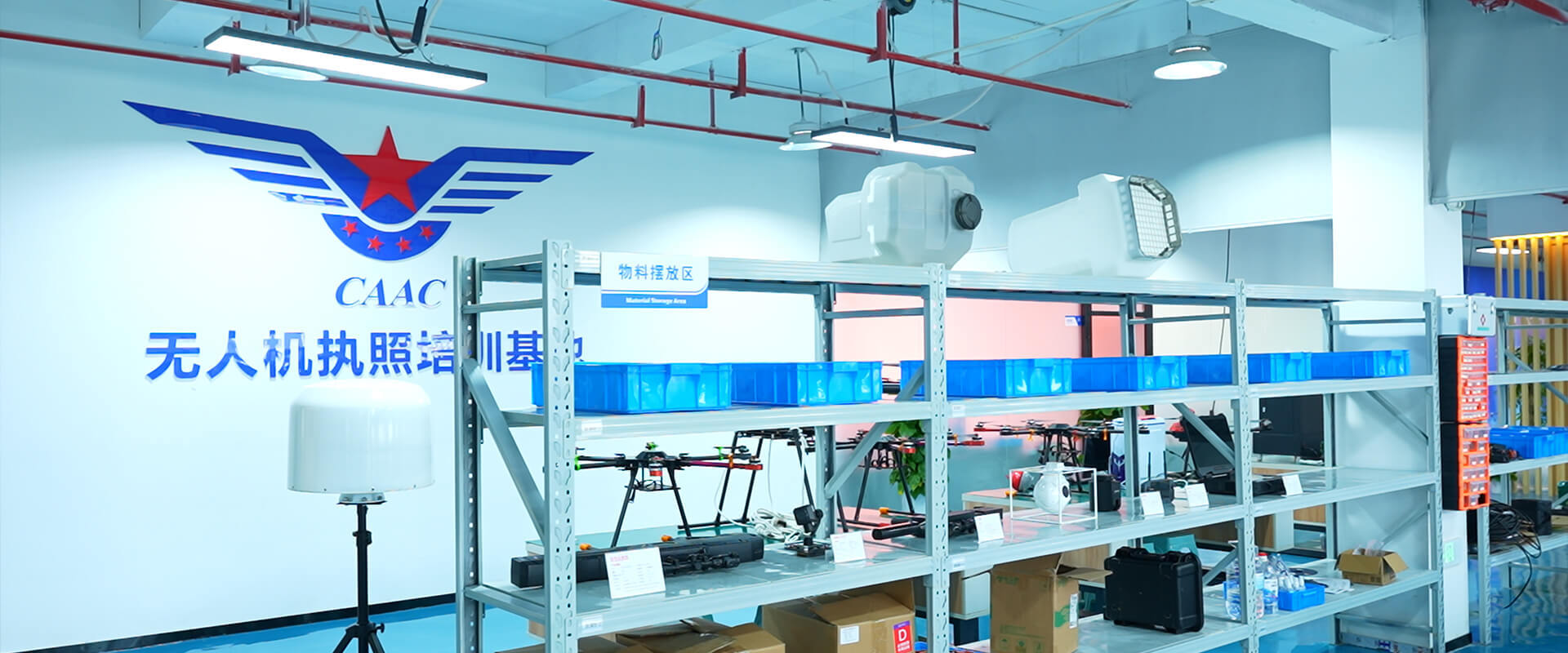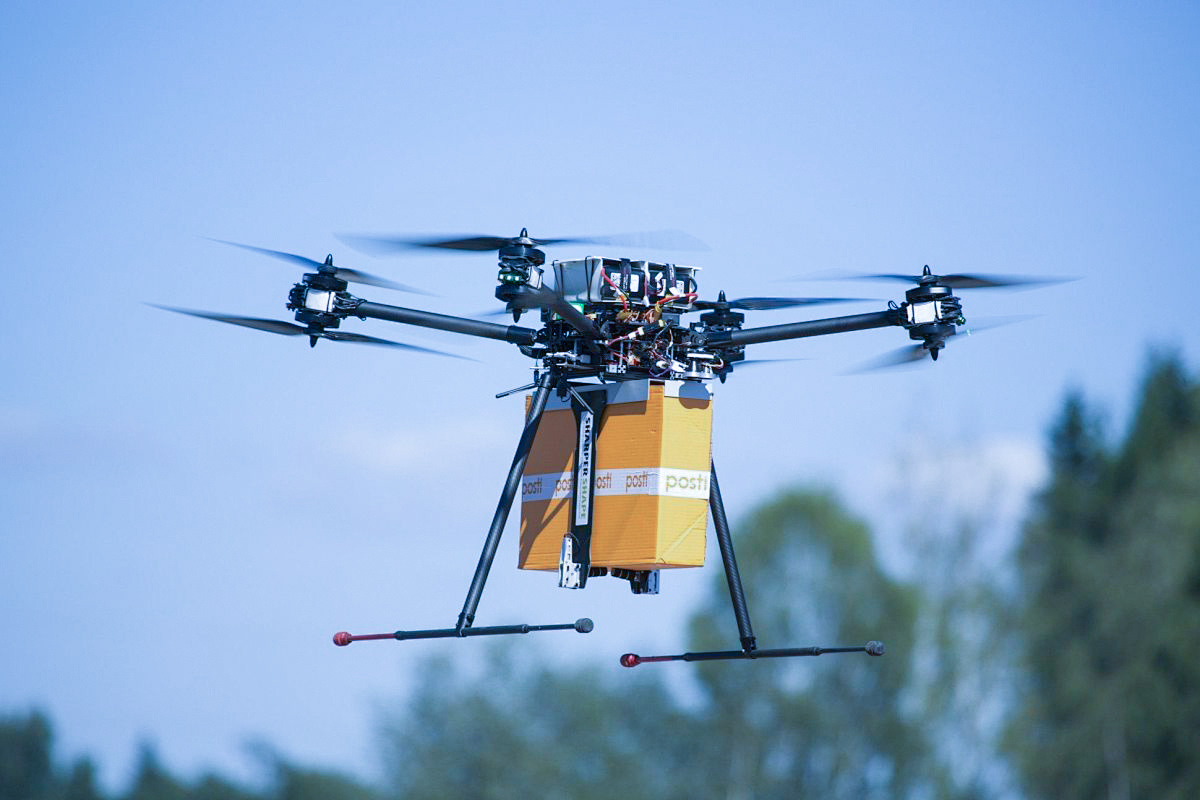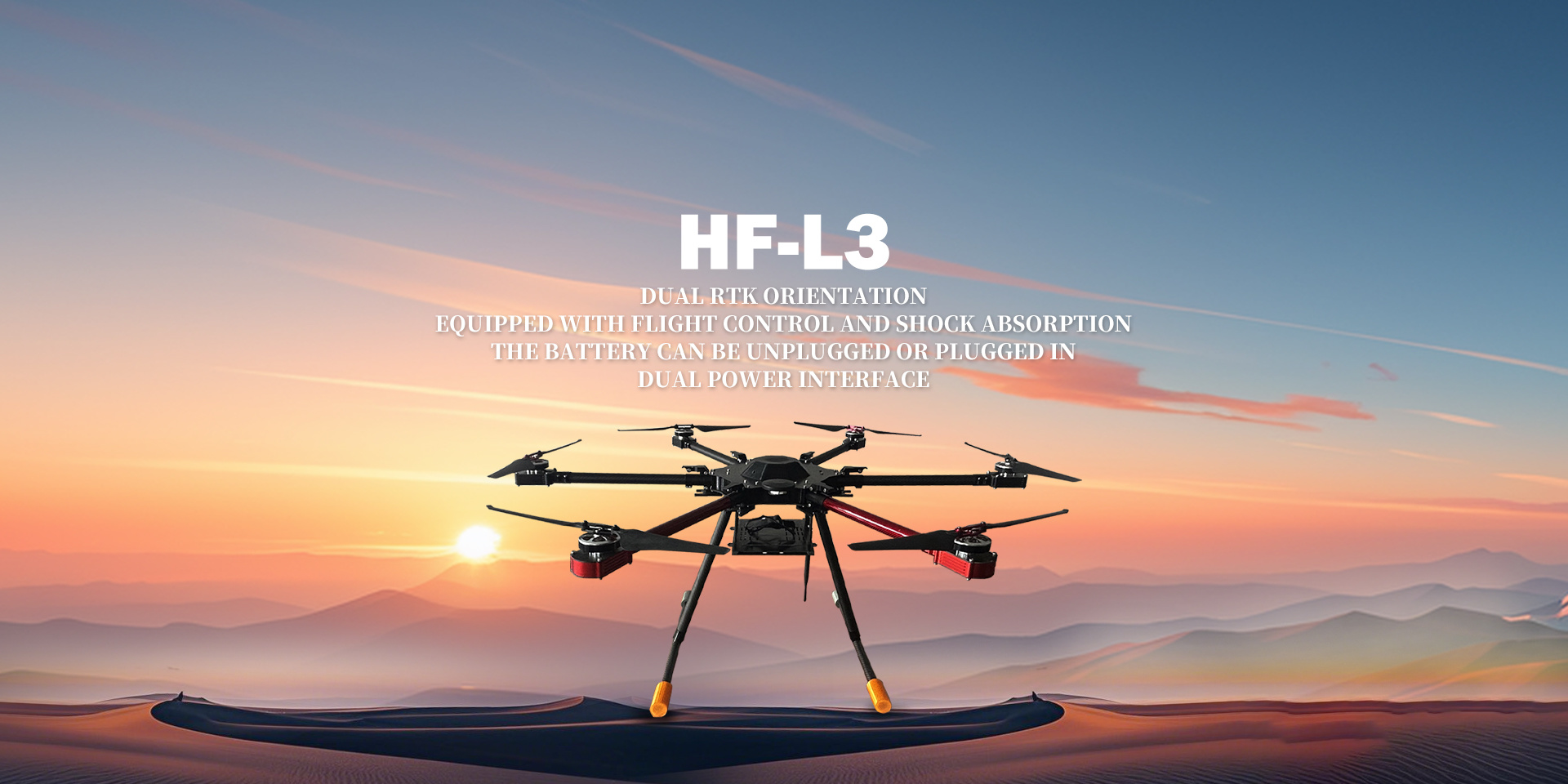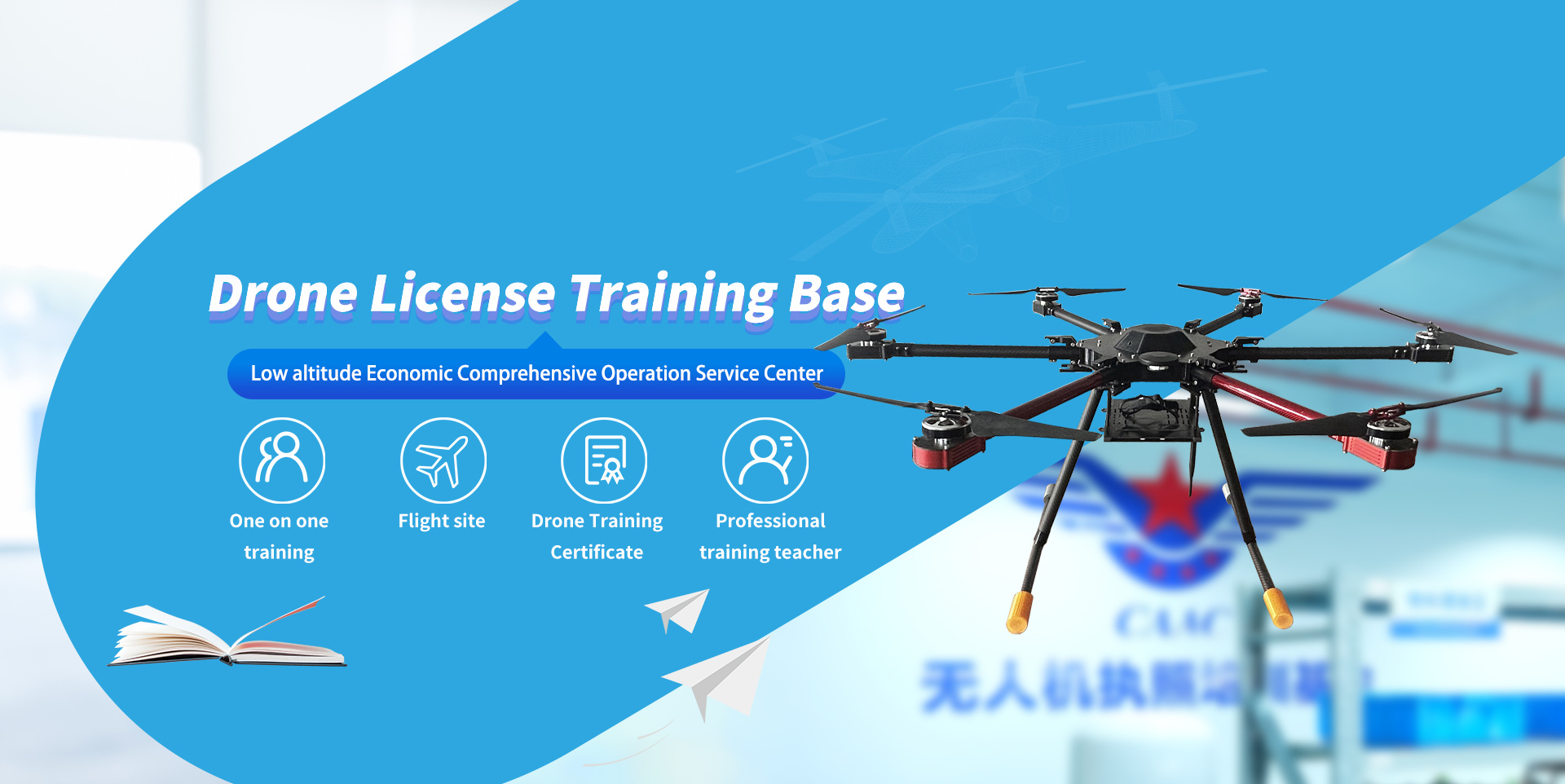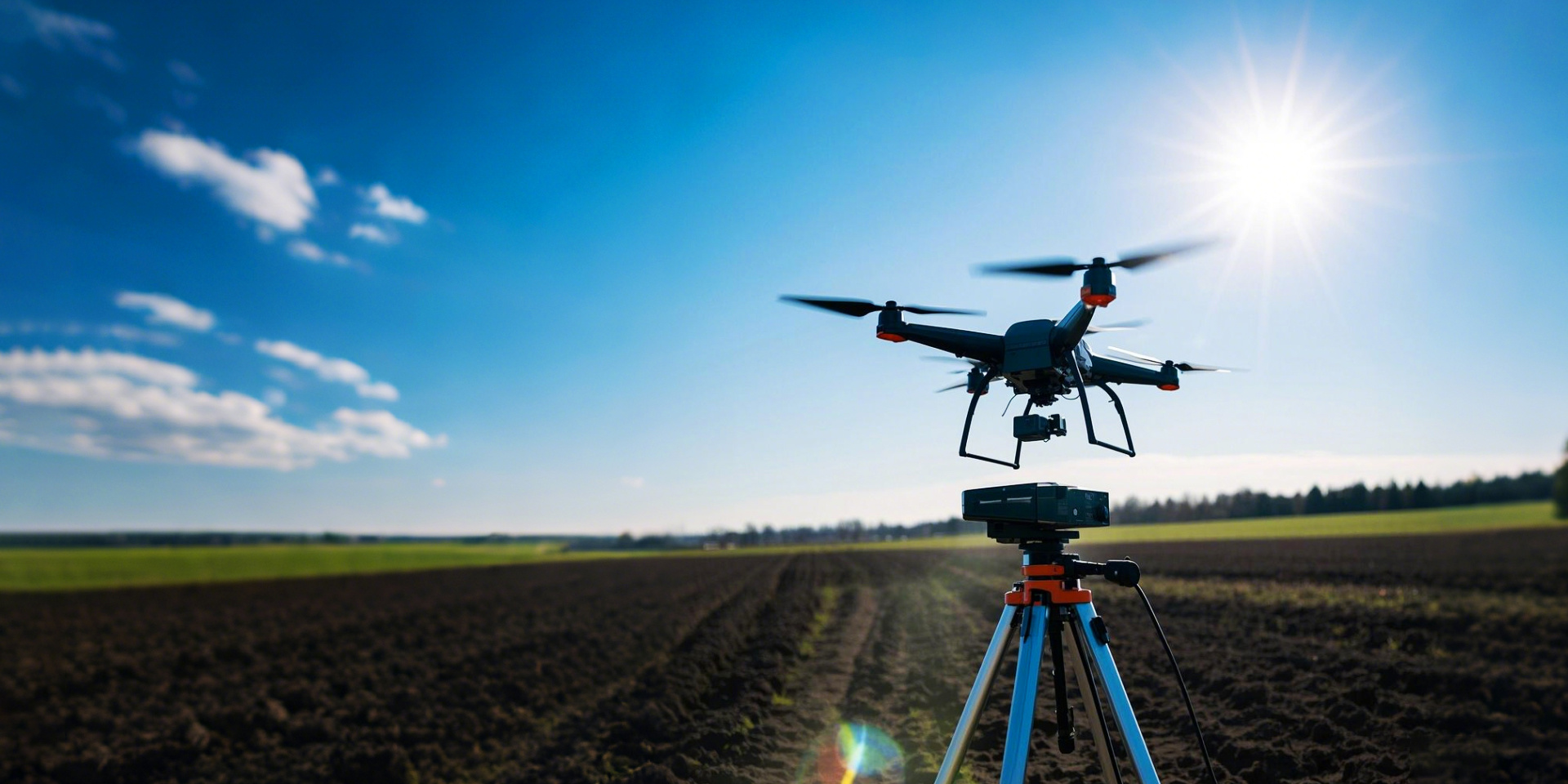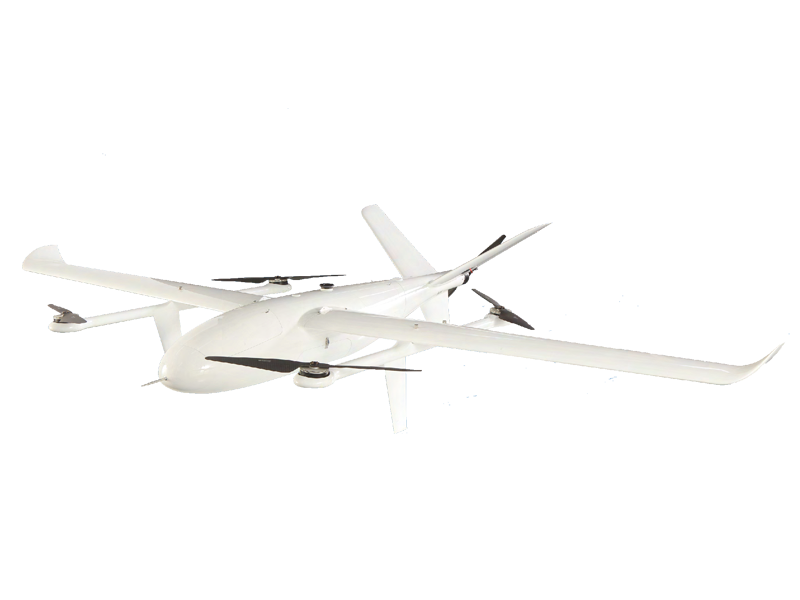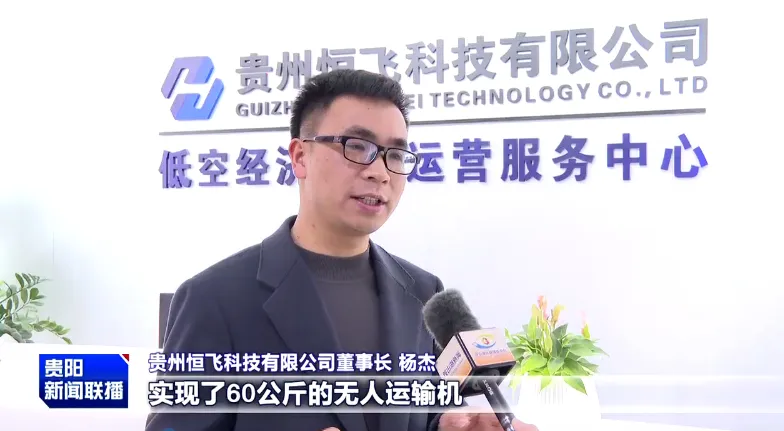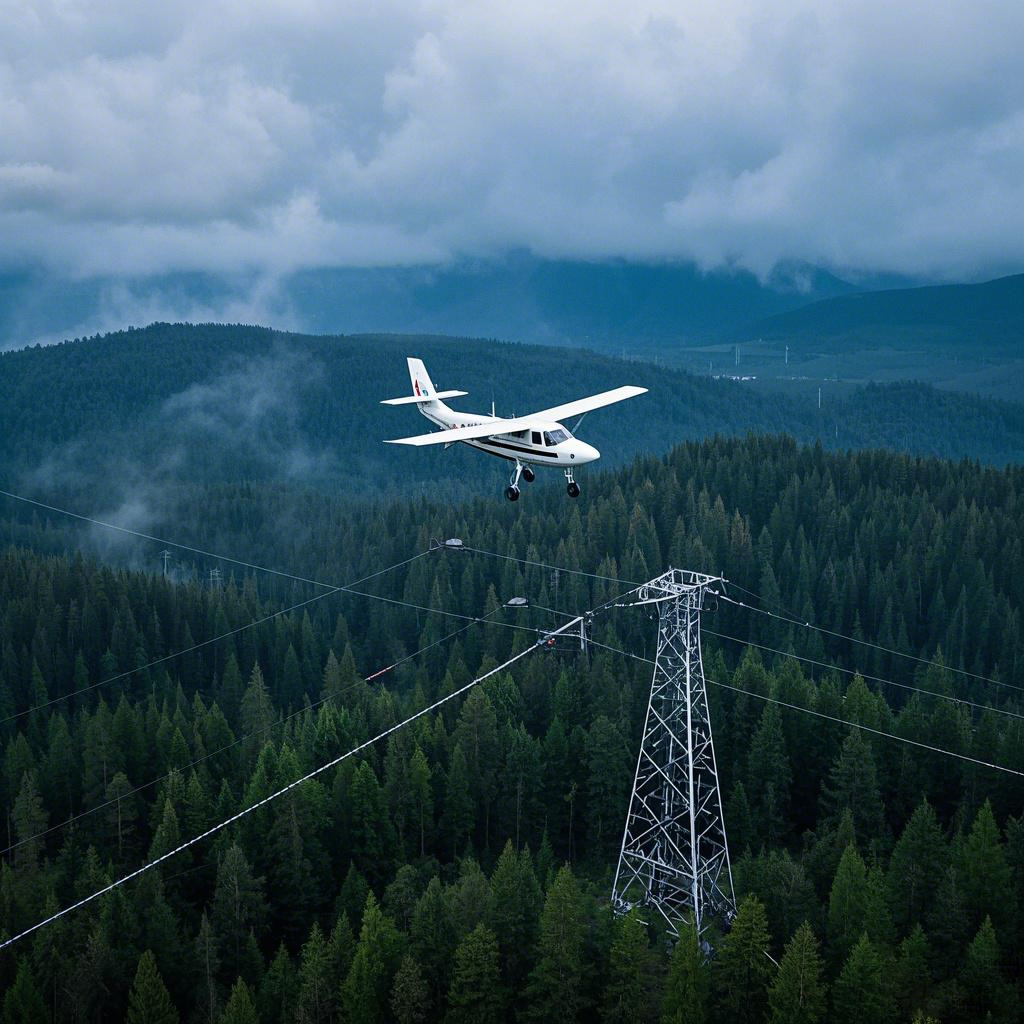ABOUT US
HENGFEI
The company was established in
Company registered capital
Class A qualification
Products
Low altitude Economic Comprehensive Operation Service Center
HF-002 folding composite wing UAV
Fully autonomous takeoff and landing, wide range of site adaptability, and strong maneuverability; the mission payload has a detachable design for quick replacement, supporting the use of various payloads such as single/dual-light tracking/triple-light pods.
Overall dimensions: 3500x1880x640mm Maximum payload: 10kg Cruise speed: 20m/s Wind resistance: Level 6 in rotor mode, Level 7 in fixed-wing mode Protection level: IP54 Maximum take-off weight: 35kg Unladen flight time: 190min Maximum altitude: 4200m Transport case dimensions: 2105x735x500mm
HF-002
R & D strength
Low altitude Economic Comprehensive Operation Service Center
-
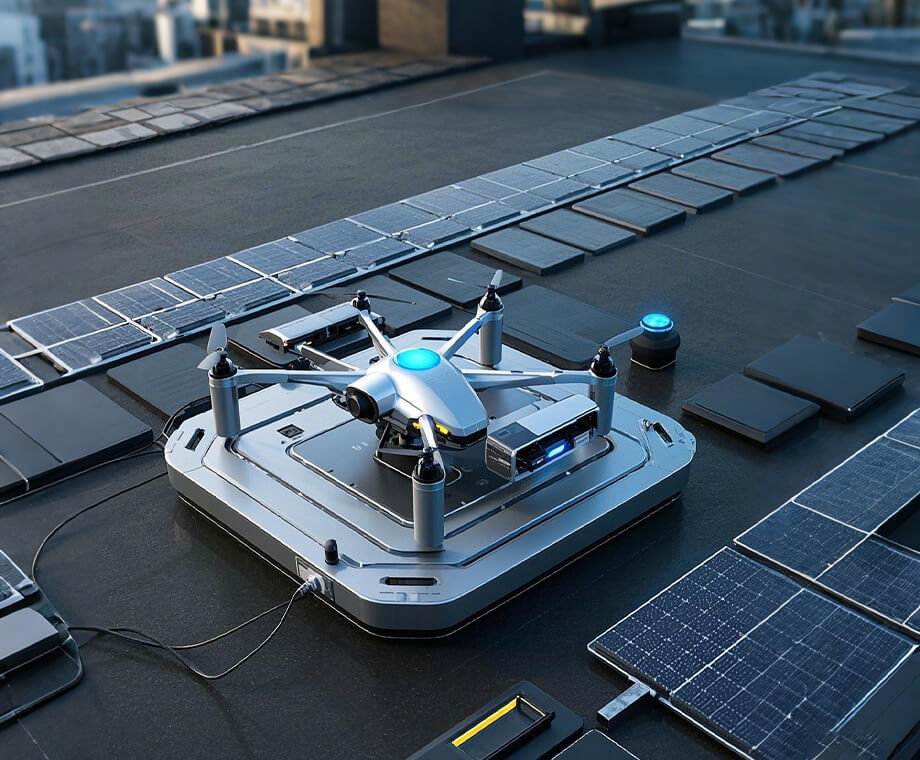

Development of hybrid new energy technology
With the development of technology, hybrid new energy technology will move towards higher efficiency, longer pure electric range, and smarter energy management. On the airplane, an intelligent flight control system is used to automatically adjust the flight attitude and respond to sudden weather changes.
Supercharging development Responding to sudden weather changes Longer pure electric rangeMore intelligent energy management
-

Avionics system
Drone image transmission processing and transmission, drone flight control, measurement and control, wireless data transmission, and other supporting products
UAV image processing UAV flight control systemUAV measurement sensor moduleNavigation receiver
-


High speed turbojet engine
Fixed wing jet unmanned aerial vehicle: developing capable of performing high-speed, high-altitude, and long-range missions (60-80daN micro turbofan engine under development); Vortex axis unmanned helicopter or turboprop fixed wing aircraft: capable of carrying large loads, long-range disaster relief, border defense, stability maintenance tasks, power grid, oil pipeline, forest firefighting inspections, etc
Design of Turbine Engine ECU Design of Turbine GeneratorDesign of Gas Turbine GeneratorTurbojet engine
-
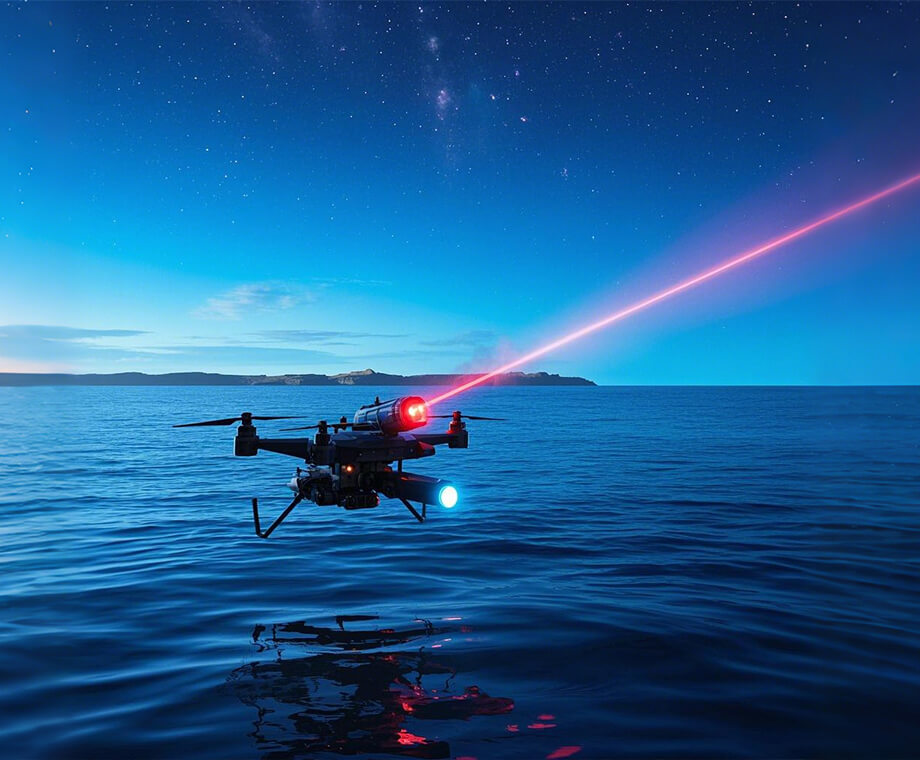

Drones equipped with high-energy laser countermeasure technology
Drones equipped with high-energy lasers can intercept incoming missiles, drones, and other aerial targets; By utilizing the ranging function of high-energy lasers, drones can more accurately measure the distance and position information of targets. In maritime operations, the high-energy lasers carried by drones can be used to attack small ships at sea or interfere with or damage sensitive parts of large ships, such as radar and electro-optical equipment
Air target interception Utilizing the distance measurement function of high-energy lasersInterference or destruction
R & D strength
A set of intelligent unmanned aerial vehicle manufacturing, sales, intelligent robot research and development as one of the low-altitude economic integrated operation service providers.
Low-altitude economy integrated operation service center
Fill in your requirements, we will contact you as soon as we receive it and give you a complete solution!
Provide intelligent drone solutions
Please fill in your information correctly so that we can contact you more quickly!
News Center
Low altitude Economic Comprehensive Operation Service Center
新闻资讯



